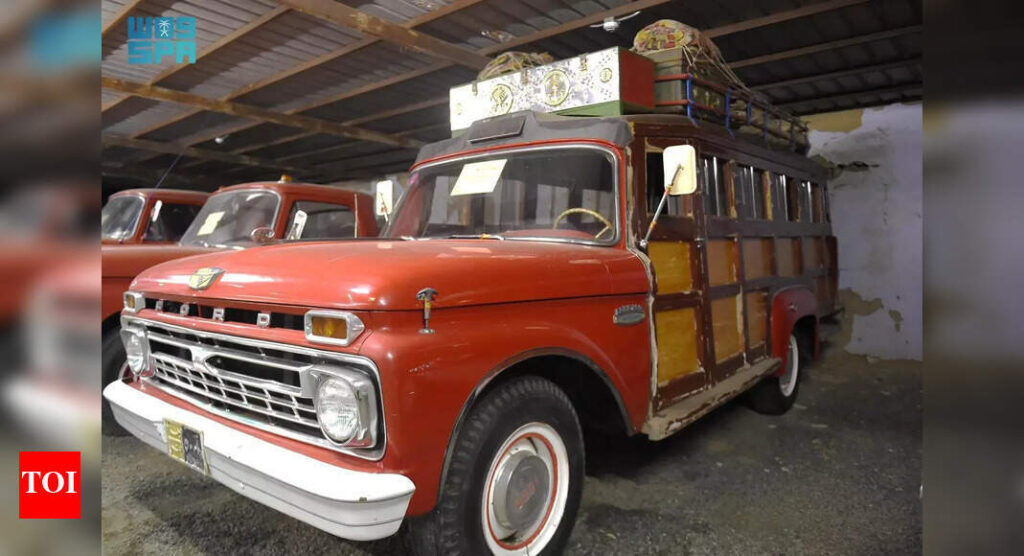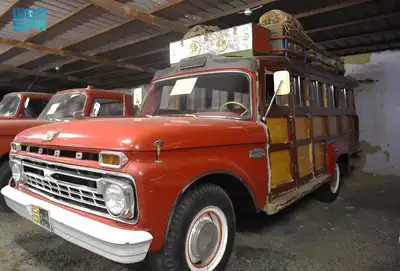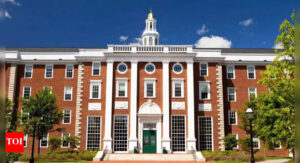Saudi’s Red Lorry: How these vintage trucks helped build Saudi Arabia’s transport legacy | World News

TL;DR
- From the 1940s to 1970s, red
vintage trucks were the backbone of transport across Saudi Arabia. - These trucks moved people, goods, and culture, connecting isolated villages to growing cities.
- Though no longer in use, their legacy lives on in stories, memories, and even modern truck manufacturing in Saudi.
In Saudi Arabia, from the 1940s through the 1970s, vintage red trucks, mostly American-made, often Fords, became essential for getting people and goods across long stretches of desert. Known locally as a “lorry,” the truck wasn’t just transport. It was a lifeline.Families used it to reach cities. Pilgrims used it to reach holy sites. Merchants relied on it to bring goods, like dates, spices, and livestock, to local markets. In a time when camels were still common, the red lorry offered something new: comfort, speed, and a sense of progress.
What Made the Red Lorry Special?
These trucks weren’t fancy, but they were reliable. Made by American brands like Ford, they stood out with their bright red paint. They had handcrafted details like canvas roofs, juniper wood floors, and sunroofs. Built to handle the heat, dust, and long desert trips, they were tough and practical. People still remember the smell of the wooden floors and how the canvas roof would flap in the wind. It was simple, but it did the job.The red truck wasn’t only about moving from one place to another. It carried families during times when there weren’t many travel options. It also supported trade by bringing food and supplies to markets. Beyond that, it helped bring communities closer, some drivers even gave free rides to people in need. Speaking to Saudi Press Agency, a local media outlet, historian Abdullah Al-Zahrani told the that residents and pilgrims heavily relied on these trucks for long journeys often spanning several days. He noted that the red truck represented a shift in transportation, offering much-needed comfort for families and children.
Economic backbone for rural areas
These trucks didn’t just move people, they moved goods and money too. They carried things like dates, spices, textiles, and livestock, helping farmers and merchants bring their products to city markets. This meant fewer slow camel caravans and easier trips for traders. Because of that, small towns started to grow, and families had better chances to connect with bigger markets. That’s why so many people still remember these trucks with a lot of warmth.
From import to innovation: a new era of Saudi trucks
Then, in 2012, Saudi Arabia took a big step. It stopped just using trucks from abroad and started building them at home. A factory opened in Dammam, where Isuzu began producing thousands of trucks every year. This was the first full-scale Japanese truck plant in the Gulf. A few years later, in 2015 and 2016, another plant in King Abdullah Economic City started making Volvo and Renault trucks. This wasn’t just about factories, it was about the country changing from relying on imports to making its own trucks.
Why this red truck still matters
This story isn’t just about trucks, it’s about how Saudi Arabia grows and changes. Back then, the red lorry was a symbol of getting around and pushing through tough times. Now, the new trucks represent progress and standing on their own feet. Both show how Saudi Arabia keeps moving forward, one truck at a time.







